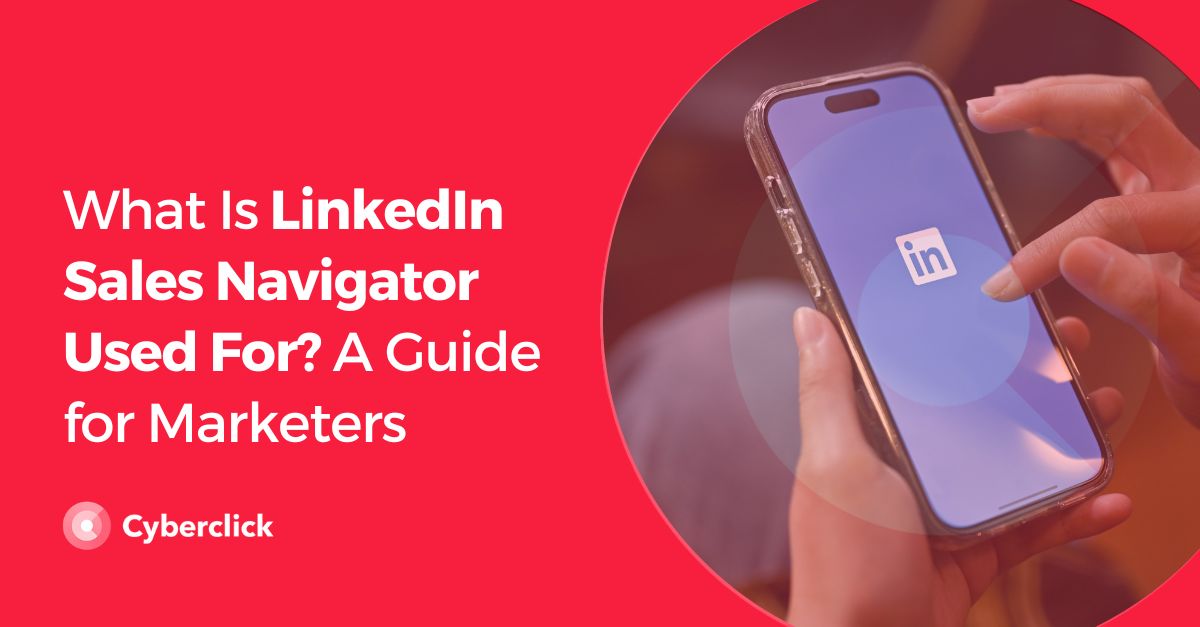Generating a large number of leads is useful, but the key to driving real results is identifying which ones are ready to make a purchase. Being able to detect purchase intent throughout the entire funnel, from the first interaction to the final decision, helps marketing and sales teams concentrate their efforts where they’ll have the most impact. This approach improves efficiency and leads to higher conversion rates. AI plays an important role in this process by helping teams recognize which prospects are most likely to buy.
Thanks to its ability to analyze large volumes of data in real time, recognize behavior patterns, and predict future actions, AI makes it possible to accurately identify which leads are most likely to become customers.
In this article, we’ll explore how AI can help you spot conversion-ready leads. We’ll also cover practical ways to apply it to your funnel optimization strategy, recommend specific tools on the market, and share best practices for making the most of AI’s capabilities.

How AI Detects Lead Purchase Intent
AI in lead qualification does much more than automate tasks; its real value lies in its ability to analyze behavioral data and predict purchase intent in real time.
It all starts with collecting data from multiple sources, website interactions, email opens, ad clicks, social media browsing, form submissions, CRM records, and more. AI then consolidates this information to create a unified view of a lead’s behavior.
Using machine learning algorithms, that data is processed to identify patterns that indicate a high level of interest or intent to purchase. Once these patterns are detected, predictive models are trained to score or rank leads based on their likelihood to convert. This lead scoring is based on the behavior of past leads who successfully became customers and continues to evolve as more customer data is added. Essentially, the more a lead behaves like a previous customer, the higher their score.
This type of AI-powered marketing automation, called predictive lead scoring, helps teams prioritize high-quality leads with greater precision, allowing sales and marketing to focus on opportunities with the highest potential return.
Beyond identifying intent, AI can also segment leads in real time based on their latest behavior and position within the sales funnel. This allows teams to personalize messages, automate responses, or launch targeted campaigns tailored to the lead’s current stage in the journey.
Top AI Tools for Detecting Lead Purchase Intent
HubSpot Lead Scoring Software
HubSpot’s lead scoring tool is integrated across its CRM and analyzes the historical interactions of converted leads to offer recommendations for more accurate scoring. In other words, it prioritizes leads based on how well they match your ideal customer profile, just like most predictive lead scoring tools.
Some of the factors it considers include: business type, company size, revenue, and past interactions with your company.

6sense Predictive Modeling
6sense has built AI-powered functionality specifically for detecting purchase intent in B2B environments. It interprets countless buying signals to determine where a lead is in the funnel by comparing their behavior to that of your best customers. That way, once you've generated leads, you’ll know exactly who to prioritize, what to say, and when to say it.

Salesforce Einstein Lead Scoring
Available through Salesforce’s Sales Cloud, this tool uses data science and machine learning to uncover your company’s unique patterns in lead conversion. It then uses those patterns to predict which leads you should prioritize. It’s especially useful for businesses with complex sales processes.

Common Mistakes to Avoid When Using AI to Detect Purchase Intent
We help many businesses implement this technology and maximize its effectiveness. Below are some of the most common mistakes companies make when using AI for lead intent detection, and how you can avoid them as you automate your sales funnel.
Relying on AI Without Human Oversight
Some companies assume that AI tools can do everything perfectly on their own. But that’s not entirely true. AI can make mistakes or fail to align with your specific business goals, resulting in poorly qualified leads and missed opportunities.
The best approach is to treat AI as a support tool that still requires human supervision. Regularly review AI-generated behavior analyzes and compare them against actual conversion data.
Sending All Qualified Leads to Sales
Even with AI-powered lead intent detection, many sales teams end up overwhelmed. This often happens when every high-scoring lead is automatically sent to sales without first evaluating their true readiness or segmenting them appropriately.
To avoid this, establish clear thresholds for when a lead should be passed to the sales team, and prioritize based on their real likelihood to close.
Measuring Lead Scoring Success by Volume Sent to Sales
This is a common pitfall. Many companies evaluate the success of AI lead scoring solely by how many leads are generated or how many contacts are handed off to sales. But that’s not a meaningful measure of success.
The real metric to track is actual conversion. Evaluate the performance of your AI lead scoring tool using KPIs like qualified lead conversion rate, average time to close, cost per acquisition, and ROI by segment.






Leave your comment and join the conversation